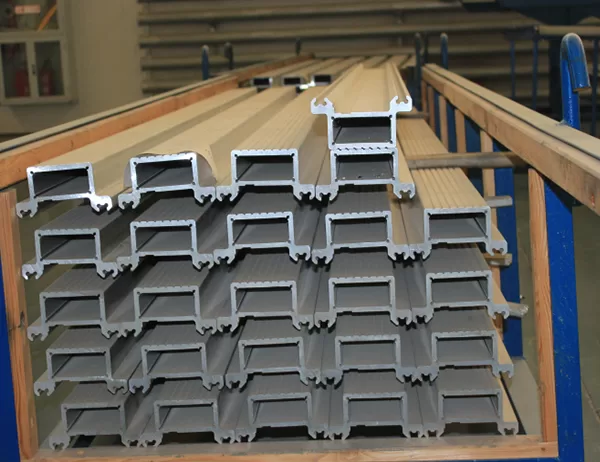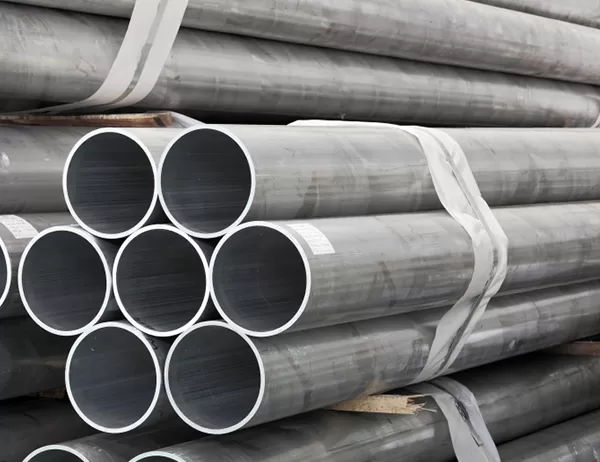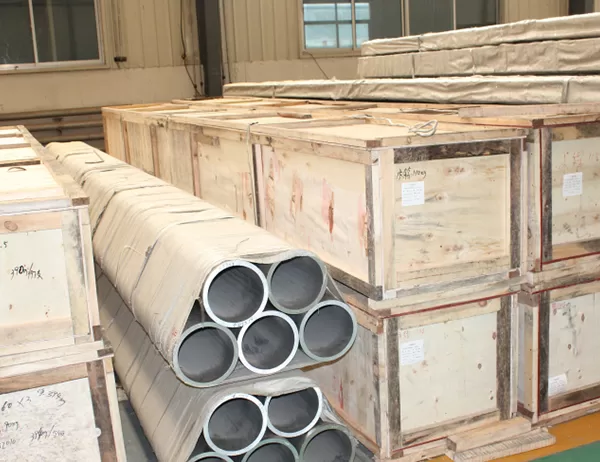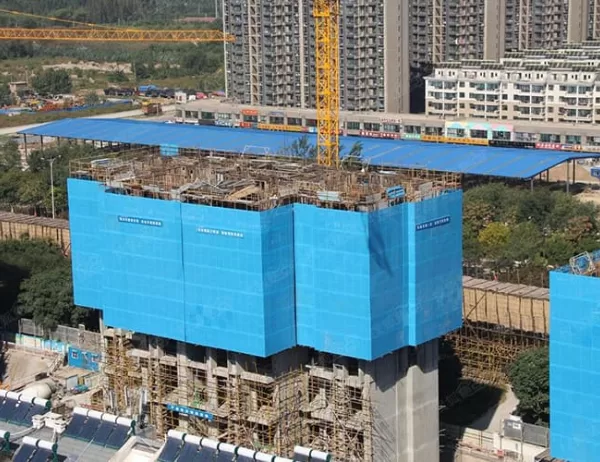Aluminum alloy tubing is a versatile material used in various industries, from construction to automotive. Its lightweight, strength, and corrosion resistance make it a popular choice for a wide range of applications. However, to ensure optimal performance, it is often necessary to customize aluminum alloy tubing to meet specific needs. This article provides a comprehensive guide on how to customize aluminum alloy tubing for various requirements.
Alloy Selection
The choice of aluminum alloy determines the properties of the tubing, such as its strength, corrosion resistance, and formability. Common alloys include 6061, 6063, and 7075. They offer varying levels of strength, durability, and weldability.
Size and Shape
Aluminum alloy tubing can be customized in terms of its size and shape. Diameters and wall thicknesses can be adjusted to suit specific requirements. Additionally, tubing can be extruded into various shapes, including round, square, rectangular, and oval.
Temper
The temper of aluminum alloy tubing refers to its hardness and strength. It can be customized through heat treatment processes. Common tempers include O (annealed), H1 (half-hard), and H2 (hard). Each temper affects the tubing’s formability, strength, and resistance to wear and tear.
Surface Treatment
Surface treatments can enhance the aesthetics and functionality of aluminum alloy tubing. Options include anodizing, powder coating, and electroplating. Anodizing creates a protective oxide layer that improves corrosion resistance, while powder coating provides a durable and decorative finish. Electroplating enhances electrical conductivity and corrosion resistance.
Design and Specification
The first step in customizing aluminum alloy tubing is to determine the required dimensions, alloy, temper, and surface treatment. Detailed specifications help eliminate errors and ensure that the tubing meets the intended application.
Extrusion
Extrusion is the process of shaping the aluminum alloy into the desired form. Molten aluminum is forced through a die to create the tubing’s cross-section. This process ensures precision and consistency in the tubing’s dimensions.
Heat Treatment
After extrusion, the tubing may undergo heat treatment to achieve the desired temper. Controlled heating and cooling processes alter the aluminum alloy’s microstructure, affecting its strength and formability.
Surface Finishing
Depending on the specified surface treatment, the tubing is subjected to processes such as anodizing, powder coating, or electroplating. These treatments enhance the tubing’s aesthetics, durability, and performance.
Quality Control
Throughout the customization process, stringent quality control measures are implemented. Inspections and testing ensure that the tubing meets the specified requirements and industry standards.
Customized aluminum alloy tubing finds applications in various industries:
Aerospace
Aluminum alloy tubing is used for constructing lightweight and durable aircraft components due to its high strength-to-weight ratio and corrosion resistance.
Automotive
In the automotive industry, customized tubing is used for engine components, exhaust systems, and structural applications, offering a combination of performance and weight reduction.
Construction
Aluminum alloy tubing is employed in architectural structures, such as curtain walls and skylights, for its aesthetic appeal, corrosion resistance, and strength.
Energy
Customized tubing is used in solar energy systems, heat exchangers, and oil and gas pipelines, providing lightweight and durable solutions for efficient energy transfer.
Customizing aluminum alloy tubing enables engineers and designers to tailor this versatile material to meet their specific application requirements. By carefully selecting the appropriate alloy, size, shape, temper, and surface treatment, and adhering to rigorous quality control standards, customized aluminum alloy tubing can provide optimal performance and durability in a wide range of applications.




